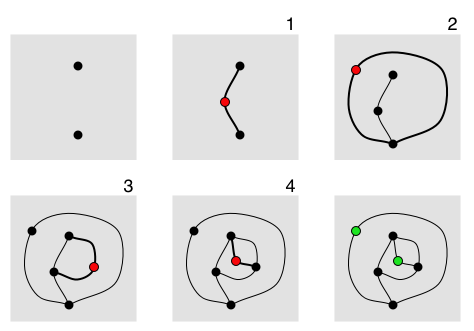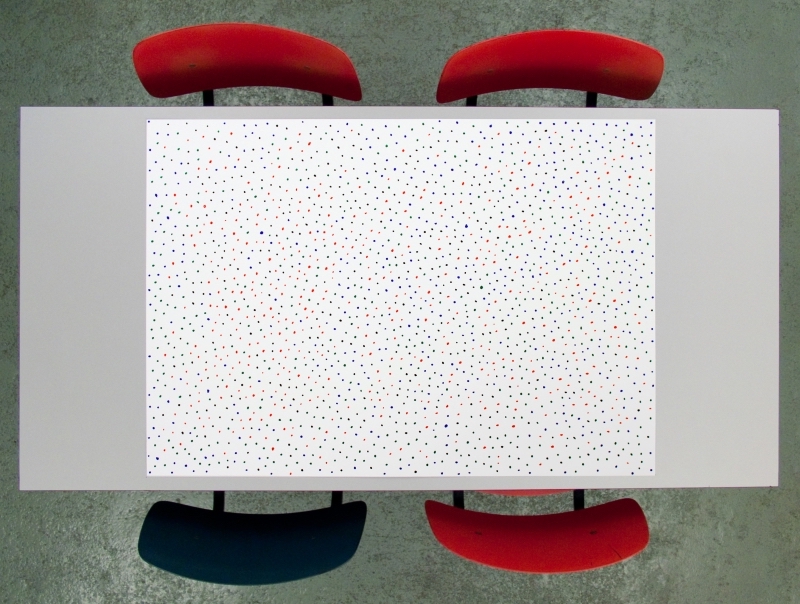Lesson 01 – Introduction & Foundations
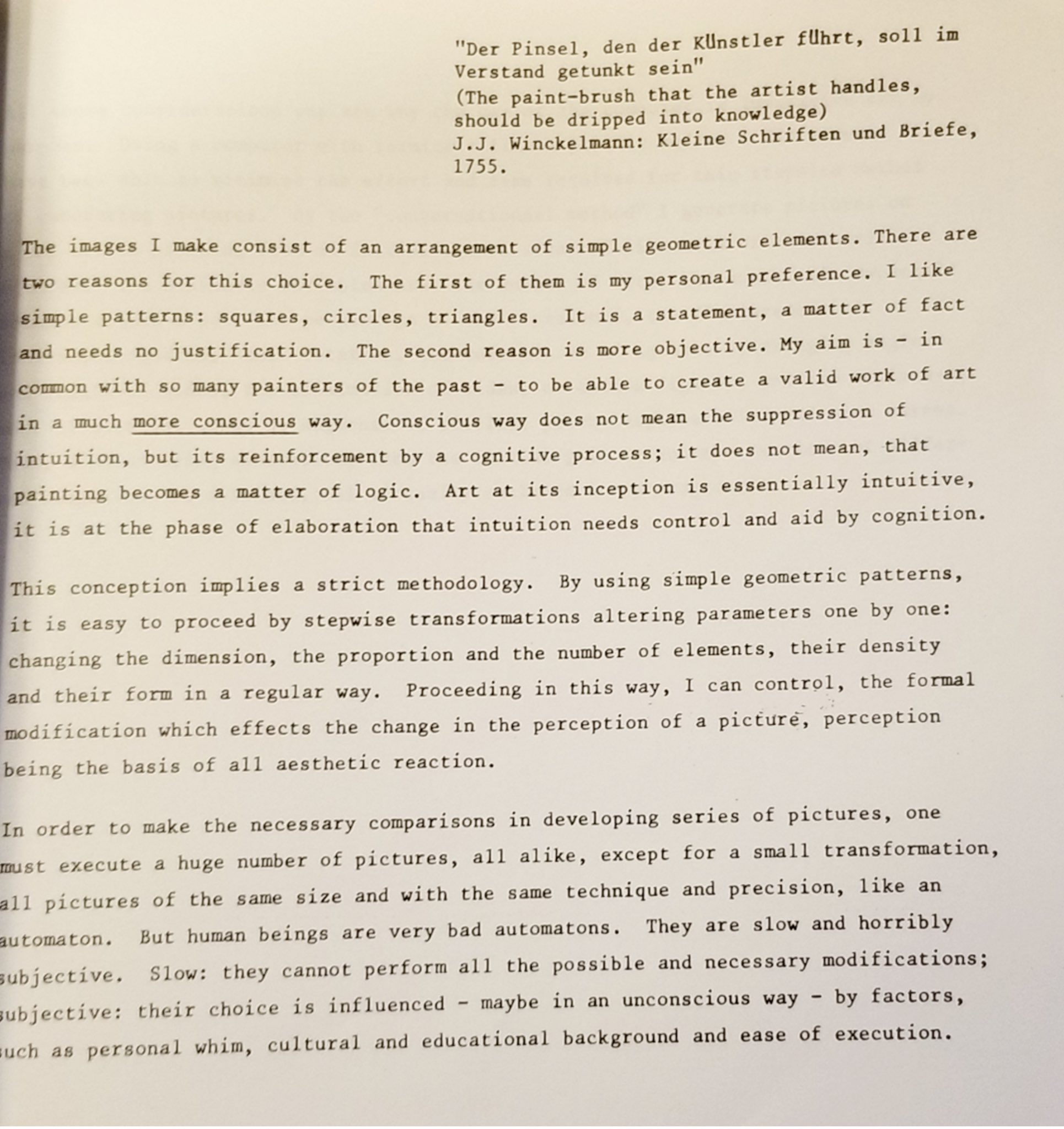
#veramolnar sharing her artistic process and the profound evolution and revolution of #generativeart in the 1980s unknowingly creating a historic artist statement for time immortal…
> Source
Schedule
| Time | Desc |
|---|---|
| 00:00 – 00:30 | Welcome & Setup |
| 00:30 – 01:00 | Computing Without Computer (Analog Exercises) |
| 01:00 - 01:10 | Break |
| 01:15 - 02:00 | Computing with computer |
| 02:00 - 02:15 | Wrap up |
🎯 Focus
Get familiar with the course structure, explore generative concepts through analog activities, and set up coding tools for digital experiments.
Content
Welcome & Setup
- Course overview: goals, philosophy, expectations.
- Class
- Philosophy
- Peer Learning
- Three before me
- Different levels -> Help others, produce content for the class.
- Intro slides: “The aesthetic of generative coding”, course setup, basics.
- History slides: pioneers of generative art (Malevich, Klee, Molnár, Nees, etc.).
- Importance of journaling and documentation.
- Produce content that can be shared
- Notes on “AI”
- Repository setup: clone repo, check folder structure, create
journal/branch. - Intro - You
- Questions / Expectations
- 1 sentence on post-it (Feelings / not tech)
- Research driven by questions
- Questions / Expectations
- Getting help
- How to ask for help
- Pair programming
- Code of conduct (OSS, etc…)
- Giving feedback:
- Exit tickets: 2 Questions at the end of each class (what form? Slack?)
- Critique and Feedback: interactive (Slack? G docs? Questionnaire?)
Computing wihtout computer
Sollewit: Wall drawing 118 (30 mns)
Fifty randomly placed points all connected by straight lines.
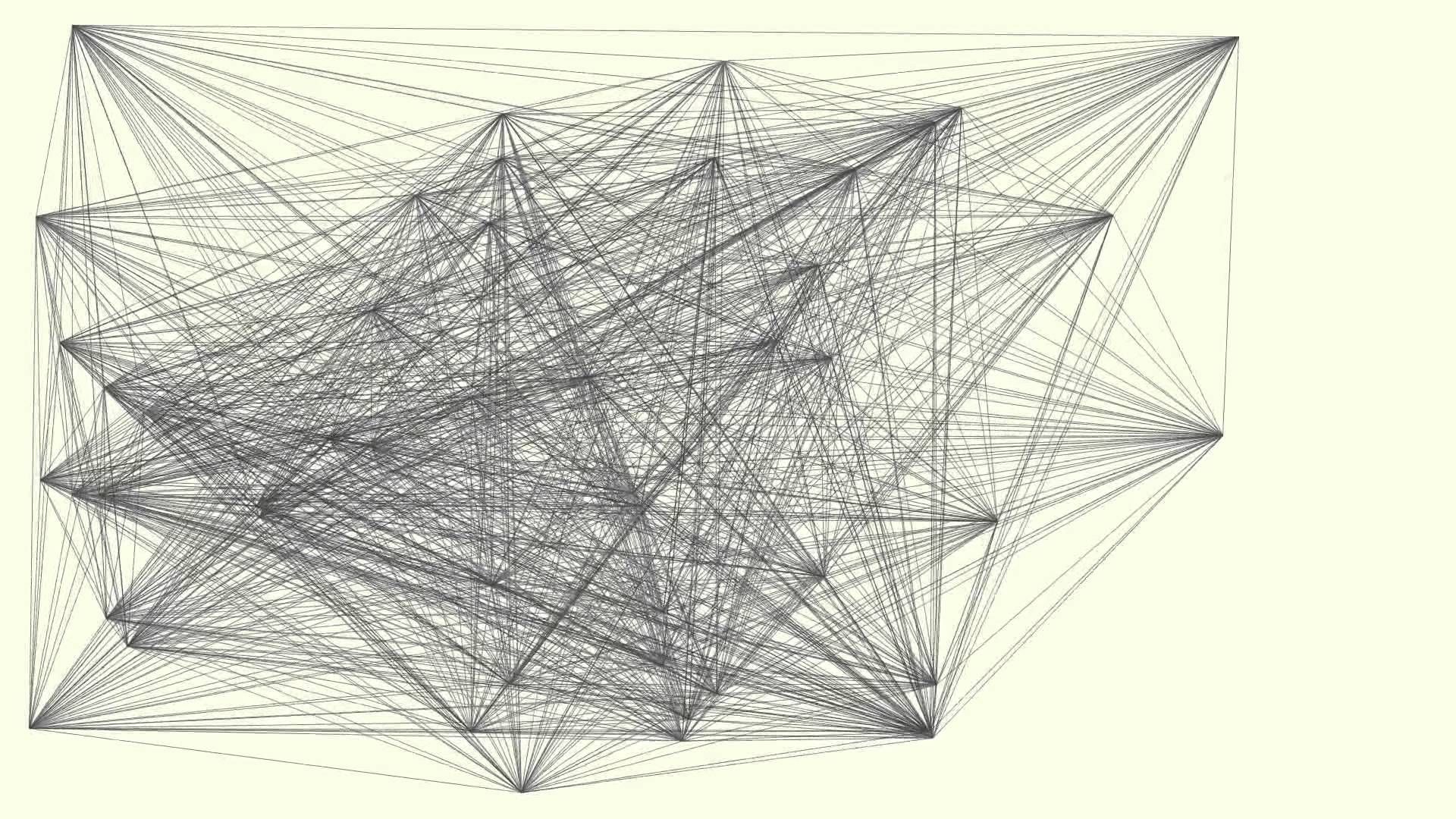
John H. Conway & Michael S. Patterson: Sprouts (30 mns)
The game starts by drawing any number of spots. For example 3 spots. The first player has a turn by joining two of the spots and marking a new spot in the middle of the line. Or the line may start and end on the same spot.
You are not allowed to draw a line which crosses another line. A spot cannot have more than three lines leading to or from it. The idea is to make it impossible for the other player to draw a line. So the last person to draw a line is the winner.
Moniker: The beach (30 mns)
Roel: “entering the beach on a sunny day you will look for an empty place and position yourself right in the middle”. - A fascinating form of self organization.
Procedural Drawing: (30 mns)
Develop your own procedural drawing instructions based on Sol Lewitt’s work or some prompts from Conditional Design. Have one or more of you peers produce a drawing from this system.
More…
🤔 Break
- Surprises, ambiguities, constraints.
- Link analog rules to computational thinking.
Computing with computer
1) Getting familiar with the software
Complete the intro and some of the tutorials from P5.js learn page
2) Draw then code
Make a simple drawing and try to reproduce it with code.
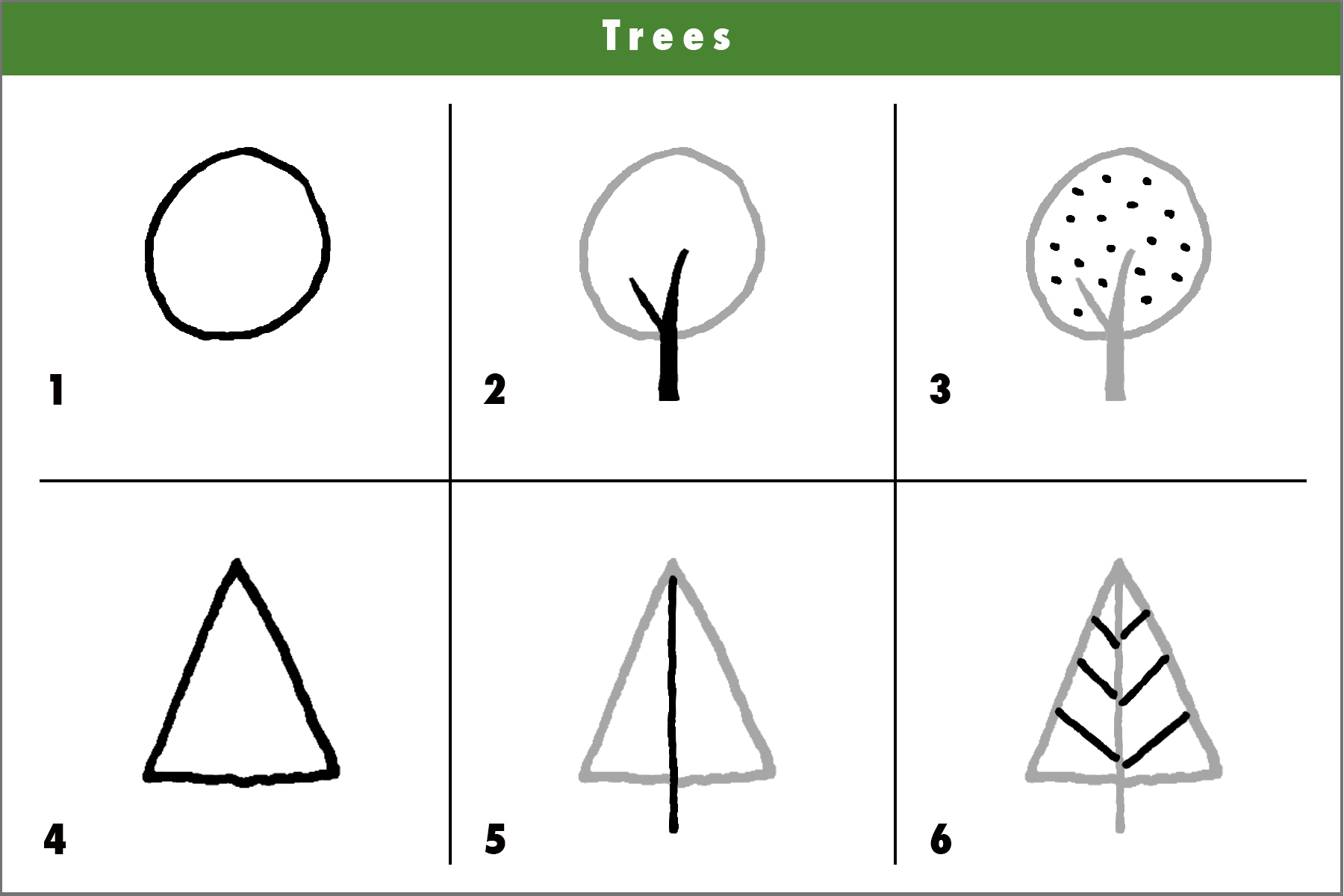
3) One with everything
Draw all possible geometric shapes you can generate with your software.
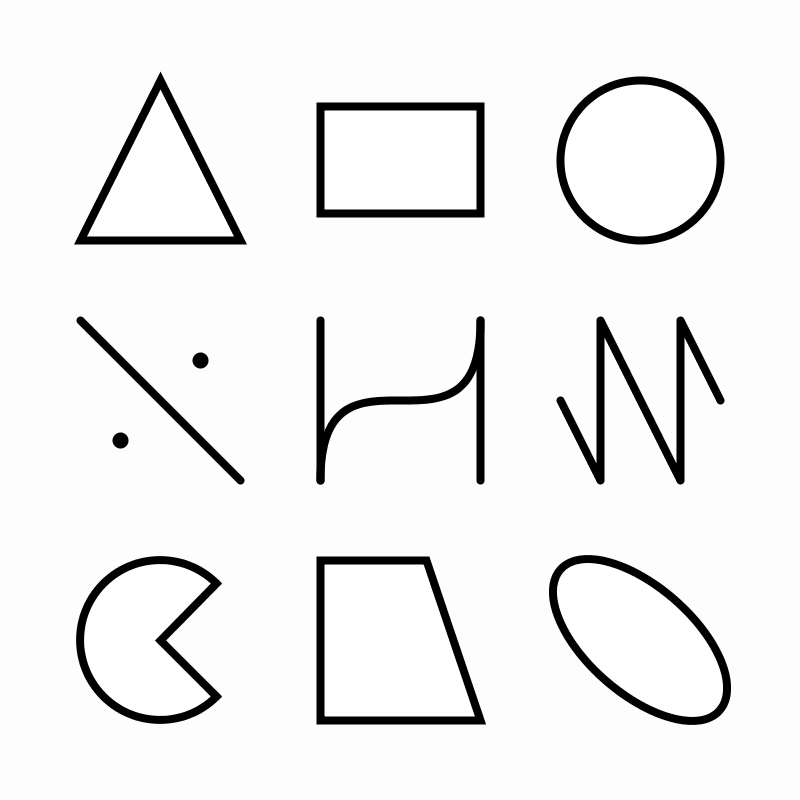
> Source
4) Iteration + randomness
Build a grid, add some randomness to it (different elements in the grid).
5) Map
Build a map of an imaginary place.
Wrap-Up & Homework
- Summarize key learnings: rules, randomness, iteration.
- Exit ticket: one insight + one difficulty.
📂 Deliverables
- Documentation and thoughts on Computing without computers (photos, short analysis & take away from the games)
- Code and documentation on Computing with computers, start writing about it in your journal, add some gifs.
- Include a scan or photo of your drawings in the post(s).
📓 Journal Prompts
- How did analog rules compare to coding rules?
- Where did ambiguity or randomness lead to surprising results?
- Which historical examples inspired you?
- What was difficult about setting up your environment?
🗒️ To-Do for Next Week
- ✅ Install and test local p5.js setup on your machine (VS Code + Live Server or similar).
- ✅ Get familiar with the journal workflow:
- Make a test entry in your
journal/branch. - Practice adding images, code snippets, and reflections.
- Make a test entry in your
- ✅ Bring a small generative sketch (analog or digital) to share in Lesson 02.
🎨 References & Inspiration
- History slides: Hilma af Klint, Malevich, Kandinsky, Vera Molnár, Nees/Noll/Nake, etc.
- Intro slides: course framing, aesthetics, vector basics.
- Sol LeWitt – Wall Drawing #118.
- Moniker – Conditional Design Workbook.
- Conway & Patterson – Sprouts game.
- p5.js reference: https://p5js.org.
- Tutorials: The Coding Train, Nature of Code.
